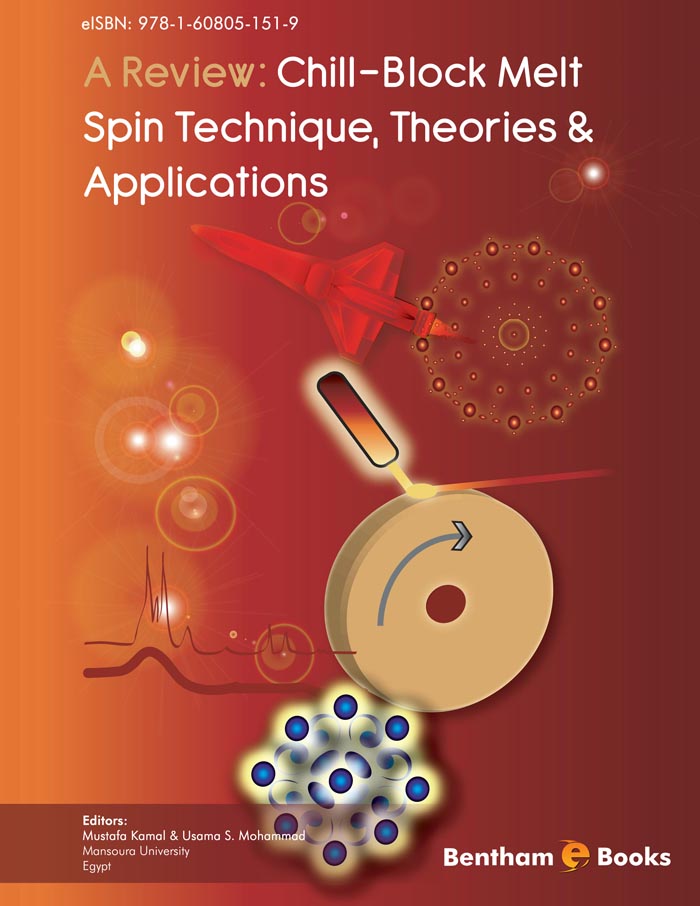Foreword
From first obtaining of amorphous materials, Au-Si alloys produced in 1959, in very small quantities by a technique of cooling of the melt with speeds of millions of degrees per second, this class of materials has been a great concern to materials science researchers.
The special application properties of this class of materials associated with the particular structure of metallic glasses have a particular interest of specialists in several fields (metallurgy, electronics, chemistry, aeronautics, and other). Since early 60’s until now, the rapid solidification technology materials have made great progresses, so both amorphous, nanostructure and quasicrystalline materials can be obtained. These materials can be processed in a wide range of chemical compositions and under different forms, like wires, filaments, rods, and others both in labor and industrial quantities.
These papers provide to the specialists in the field of rapid solidification different theoretical data on physical and chemical phenomena that occur in rapid solidification process including the process parameters for the widely used chill-block melt spin technique. It also presents experimental data on mechanical, electrical, magnetic properties as basis elements for finding of new industrial applications of this type of material. The book edited by Prof. Dr. Mustafa Kamal and researcher Usama S. Mohammad is thoroughly documented and provides an extensive vision on the obtaining of new classes of materials by rapid solidification. The book can successfully serve as basis of study both for the renowned researchers in the field, for students specializing in the materials science and for specialists from companies that coordinate the activity of obtaining the metallic glasses on industrial scale.
Prof. Dr. Leontin Druga
Member of the Romanian Academy for Technical Sciences
Romania

